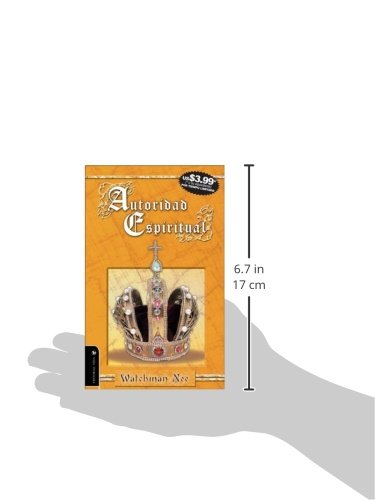

Wewere interested in (i) the effects of stress, and (ii) the effects of self-protection systems onattitudes and intentions to get vaccinated with a COVID-19 vaccine.Methods:We conducted an online observational studywith 203 French students (MAge=19, SDAge= 2.52, Women = 173), in which we measured,through self-reportedquestionnaires, their perceived stress and vulnerability to disease, belief in a dangerousworld, pandemic-related stressors living conditions, attitudes and intentions to get vaccinated,and confidence in the government's management of COVID-19. Wefocused on the cognitive determinants of intentions to get vaccinated against COVID-19. It deserves to become a classic.Background:Distrust of COVID-19 vaccines may hampervaccination campaigns. Originally self-published and sold at avant-garde art exhibitions, Imai’s F is truly underground. Crossing splintery drawings of the devastations wrought by the tsunami and meltdowns with images sourced from Islamic State propaganda from the Middle East, F trespasses upon many taboos regarding political expression and etiquette in Japan. Though virtually unknown in its home country, Imai Arata’s F is the edgiest work of manga made in the wake of the 2011 disasters. Composed of radicalized Tohoku natives and foreign guerrillas, the black-clad F knows only absolute obedience and cutthroat terror. Meanwhile, they are being overwhelmed internally by a faction who call themselves the State of F. The rebels, known as the Nihonmatsu Front, are battling the more heavily armed Japanese government along the southern border of Fukushima. Tohoku, northern Japan, furious about how they have been treated by Tokyo, has seceded from the union. Fukushima’s fields are piled high with contaminated soil.

Wreckage still litters Japan’s coastline. [ The tsunami and nuclear meltdowns of 2011 seem like yesterday.

“F imagines Fukushima as a kind of Syria in the fallout of the 3.11 disaster, and follows a British journalist’s infiltration of the region while brutal foreign forces strike into the heart of the remnants of northern Japan.” B/W text with color covers + half-dustjacket.īinding: sewn otabinding (lay flat binding).Īvailable in print, published November 2021. Format: A5, 224 pages, including an essay by Ryan Holmberg.


 0 kommentar(er)
0 kommentar(er)
